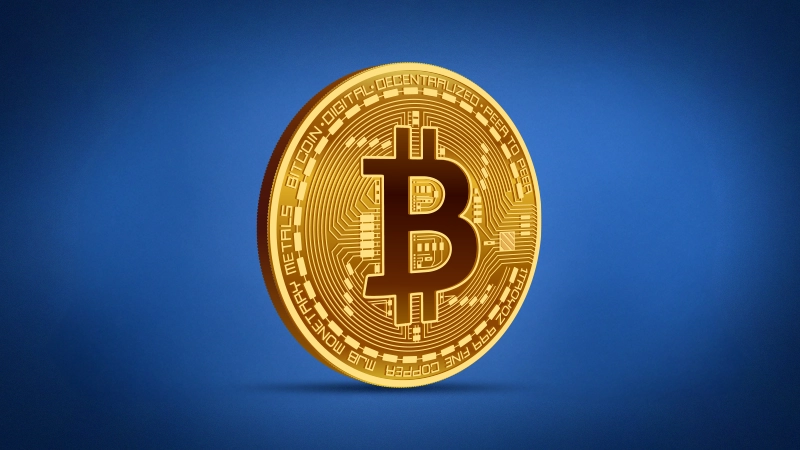
Factors Behind the Bitcoin Index
Bitcoin, which entered our lives with the Bitcoin Technical Document published by Satoshi Nakamoto on October 31, 2008, was launched last October He left his 12th year behind and He entered his 13th year. Bitcoin, whose future has been the subject of debate many times during this time, has frequently broken its own record, although it has experienced a decline in value from time to time, and has seen its highest value by exceeding the level of 64,900 USD during the pandemic.
There are many reasons why Bitcoin rose above 12,000 USD in the last quarter of 2012 and became the center of attention. If we list the situations where Bitcoin is indexed; The freedom it offers, easy portability and fast money transfer, low commission, security and control, being transparent and neutral, and not allowing double spending makes it impossible to commit fraud. On the other hand, Bitcoin, which is not connected to any center and whose supply is limited to 21 million, is not adversely affected by managerial errors and inflationary economic policies. This situation provides a great advantage to Bitcoin holders and the market in general.
In 2016, Japan’s Council of Ministers recognized that digital currencies like Bitcoin have a function similar to real money, and in 2017, Japan adopted Bitcoin as the official payment method. In December 2017, Bitcoin futures began trading on the Chicago (CBOE) exchange. In May 2018, Goldman Sachs, a multinational U.S. investment bank, announced that it would open a Bitcoin investment operation. After these developments, crypto coins have gained both reputation and value. Following the recent announcement that HGreg, a Quebec-based car store with thirty branches in North America, will accept cryptocurrency payments for new and second-hand vehicles, the international payment system Visa, which has 3.3 billion credit cards in use worldwide, said that it will include cryptocurrencies, which are digital currencies, as well as traditional currencies for transactions on the payment network. On the other hand, interest rate decreases and abundant money supply during the pandemic period led especially corporate firms to new investment tools. While many stocks in the stock market fell to prices they had not seen in their history, many stocks also saw peak prices. This instability in the stock market and digitalization, which has become even more important with the pandemic, has turned the eyes of the whole world to crypto coins, especially BTC. While all these instabilities were experienced in the stock markets, many countries printed money and the money that was abundant in the market became worthless. International companies that hold real money in their capital saw BTC as a way out of the crisis against currencies that lost value in this environment. Due to the work-from-home system brought to our lives by the pandemic and the fact that many people are unemployed, the number and dominance of Bitcoin and crypto money has increased without saying big or small. These developments naturally had a positive effect on the trust in crypto coins and led to an increase in value. If we give an example of global companies investing in BTC, we can start with Micro Strategy.
The company announced that it has invested approximately 652 million USD worth of BTC, and after this investment, the company’s total BTC reserves increased to 70,470 BTC. After this investment of the company, BTC reached 38 thousand USD from 20 thousand USD levels. Likewise, Tesla’s CEO Elon Musk announced on Twitter that Tesla could be bought with Bitcoin. Earlier, TESLA announced that it would invest 1.5 billion USD worth of BTC, and after this statement, BTC broke its own record and reached 50 thousand USD. Digital asset manager Grayscale announced on its official Twitter account that it has purchased $ 1 billion worth of crypto money, including BTC. With Square investing $50 million in BTC and PayPal allowing trading with BTC, more institutions are expected to accept BTC in the coming months. All these investments have led to significant increases in the companies’ own shares and created a competitive environment in the crypto money market. Many more institutional firms, examples of which we can replicate, have invested in crypto coins. This has also led to individual investors becoming more interested in the cryptocurrency markets. As a result of all these positive developments, Bitcoin broke its own record and reached 60 thousand USD during the pandemic.
FOMO (Fear of Missing Out), that is, the fear of missing opportunities, has pushed small investors to want to trade in the crypto money markets, whose trading volume is growing rapidly. In this direction, the transaction volume has increased more and digital coins have gained value in this way. On January 2, 2020, the value of 1 BTC averaged 6,000 USD. In March, when the effects of the pandemic increased, it fell to 5 thousand USD. Then, as of December 22, 2020, it experienced a radical change to 23 thousand 826 USD. When we look at the data, the investments made by global companies since October 2020 of the pandemic period have created a sense of confidence in small investors and have positively affected the transaction and investment volume of Bitcoin, which has reflected positively on the value of Bitcoin.
Although new coins and tokens are emerging, BTC’s steadily rising trend, crossing all the thresholds in front of it, its dominance and popularity, its confidence, stability and the investments of well-established institutions and companies around the world indicate that Bitcoin will break its own record again in the coming years.